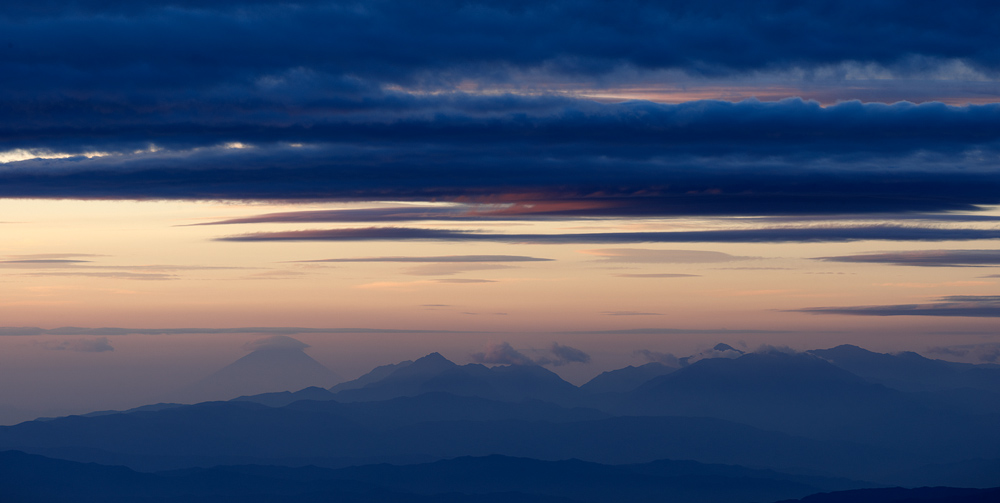Why?
I dont agree with this statement (and I dont think anyone who has viewed high end MFDB images would either) - I have personally seen and viewed D3X files, (my own 1DSMK3 files) and files from high end MFDB's from Phase and Leaf. There is nothing urban legend about it - the MFDB files possess a depth of clarity, accutance and color that DSLR files simply dont have (and that includes both the D3X and 1DSMK3). Does it translate in an 8x10 print? No.. not really, or not at all to be more accurate (just witness the canon G10 v. P45+ back debate) - does it come across in a much larger print or at 100% on screen? - most definitely.
As good as the D3X and 1DSMk3 are (and they are both very very good - I use and love the 1DSMK3 daily) - they cannot compete with the high end MFDB's on the market today - especially the new P65+. Do you think Jeff S. and Michael R and may other pro's. would be shelling out tens of thousands for these backs if there wasn't something to it?
Michael said it in a nutshell above -
Thus bringing us back to the whole value discussion - if person 'A' see's value in the MFDB, then its worth the price of admission for their line of work provided their hip pocket can take the hit, and/or provided they can get their investment back. And that is the real key to the lock when it comes to value. As a professional photographer its all about return on investment - if product 'A' costs me 'X' dollars, but makes me 'X+1' then its worth the price of admission. If it just makes me 'X' back - then it isn't worth it. Its a business decision based on the individuals business.
Edit - BTW: Bernard, you made a highly valid point above that is worth re-iterating. Price v. Performance - its hard to go passed a stitched image from a high end DSLR.
I don't want to go to far into this as it has been discussed quite a bit already, but let's just say that after normal sharpening, I have never seen a MFDB file that looked significantly better than a d3x file. Resolutionwise also, although this stops to be relevant once stitching is part of the equation.
It could very well be that the MFDB files I saw (my Mamiya ZD files or others) had not be optimally captured, so I would be interested in looking at one of your sample files (a crop would do). I would have no problem changing my mind on this.
I believe that many high end shooters buy a P65+ mostly because they don't want to bother with stitching.
Finally, productivity is a strong advocate against stitching in some domains, but clearly not fine art. So I am personally 100% sure that for the fine art landscape work I am trying to do (whether I am succeeding or not is a different matter), a 40.000 US$ back would have zero of negative value compared to my current kit.
As to why landscape stitching is better done with a D3x than a back, there are many objective reasons like:
- lighter than most MF systems, especially when dealing with the kind of focal lenghts I consider best for stitching (100mm on FX), pancake cameras are the exception but are practically very hard to focus accurately in the field (think low light levels,...),
- access to a very wide array of top quality lenses from 14 to 300 mm (to only mention those that I actually use), the image below was shot with a 300 f2.8 as an example:

- live view enables perfect focusing of the main subject with 100% accuracy 100% of the time,
- much better high ISO image quality enlarges dramatically the range of scenes that can be captures with stitching (windy situations in low light,...), the image below was shot at 800 ISO because of low light level and the need to maintain enough shutter speed to avoid clouds migration:

- more DoF thanks to the smaller format reduces the need to do DoF stacking and reduces the lenght of the exposures significantly at equal DoF, which is critical at sunset and sunrise where skies change every 15 sec of so,
- much better long exposure image quality and lack of dark frame substraction until 8 sec results in much easier low light panorama shooting,
- much longer battery life lends itself well to the large amount of capture induced by stitching,
- no need for color calibration when shooting wide,
- much better handling of cold weather,
- support of panoramic robotic heads,
- SDK enables automation of HDR/DoF when needed,
- total lack of moire reduces the need to check images at 100% pixel magnification in post and does therefore saves time,
- typically better availability of accessories from third party (L brackets,...),
- much lower price makes it actually possible to carry a credible back up body when doing long over seas missions,
- better support from third party raw conversion software from some of the backs give more options,
- the 3:2 vs 4:3 aspect ratio increases the pixel count on the long side of the frame and reduces the need to do multi-row stitching at equal resolution (a 24 MP d3x is about equivalent to a 28MP back from this standpoint)
- ...
Cheers,
Bernard